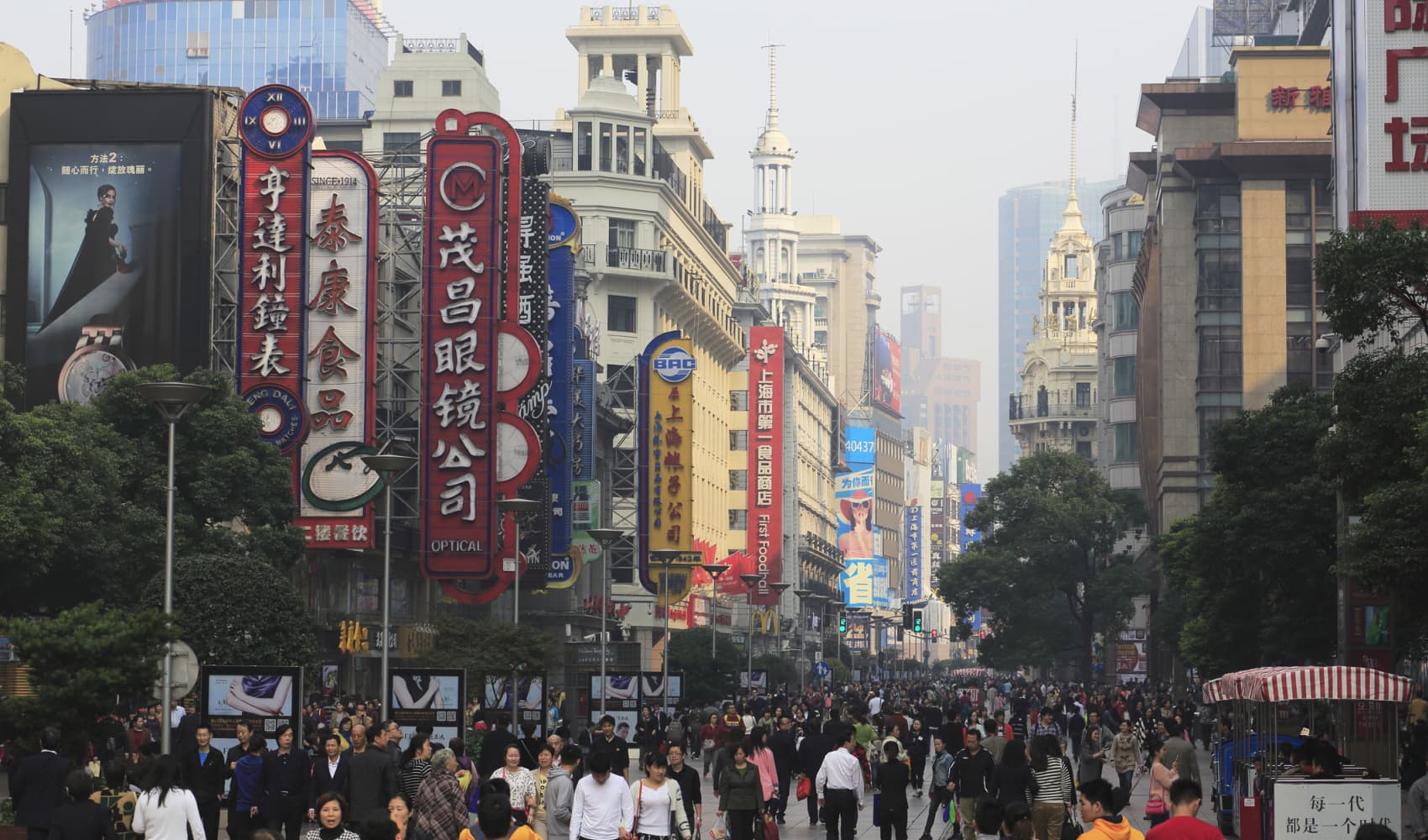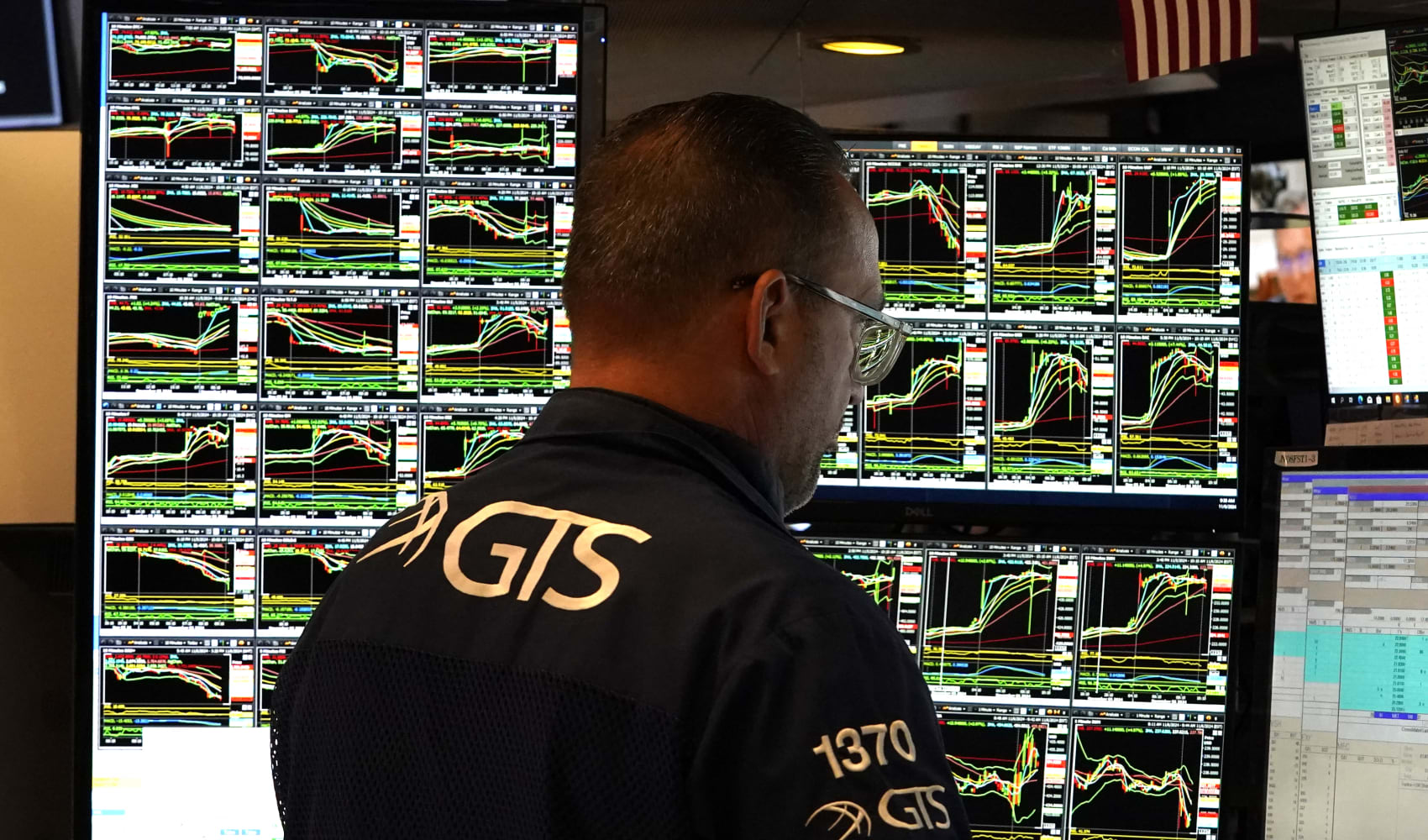Asia-Pacific Trade: Trump's Tariff U-Turn Changes Everything?
Asia-Pacific Markets Ride a Rollercoaster: Is Trump's Tariff U-Turn a Game Changer?
Navigating the Choppy Waters of Asia-Pacific Markets
Alright, buckle up, folks! The Asia-Pacific markets are painting a mixed picture today, a bit like a Jackson Pollock painting – vibrant, but also a little chaotic. We're seeing a ripple effect from Wall Street's movements and, more importantly, trying to decipher the tea leaves left by President Trump's administration regarding auto tariffs. Is this a genuine olive branch or just another strategic maneuver? Let’s dive in!
Trump's Tariff Tweak: What Does It Really Mean?
So, the big news is that the U.S. administration is hinting at softening its stance on auto tariffs. This is like telling a kid you'll only give them *some* of the broccoli instead of the whole plate. Is it enough to appease the market's appetite? That's the million-dollar question. Remember, tariffs can act like a tax on imports, making goods more expensive and potentially hurting economic growth.
Understanding the Auto Tariff Implications
The auto industry is a global beast, with intricate supply chains spanning continents. Any disruption, even a perceived one, can send shivers down the spines of investors. A softened stance could mean:
- Reduced uncertainty for automakers operating in the region.
- Potential for increased trade and investment.
- A boost in consumer confidence, as prices may not rise as sharply.
Earnings Season: A Mixed Bag of Results
It's earnings season, baby! And just like the markets themselves, the results are a mixed bag. Some companies are knocking it out of the park, while others are striking out. This is the time when companies reveal their financial performance for the past quarter, offering clues about the overall health of the economy.
HSBC's Strong Performance: A Beacon of Hope?
Let's talk about HSBC. The European banking giant has just released its first-quarter results, and they're beating expectations! This is largely thanks to a stellar performance in its wealth management and corporate banking divisions. Could this be a sign that the financial sector is weathering the storm? Only time will tell.
Trade Deal Negotiations: The Ongoing Saga
Ah, trade deals – the never-ending story! Market watchers are glued to their screens, monitoring every twist and turn in the negotiations between the U.S. and various countries in the Asia-Pacific region. These deals can have a massive impact on everything from exports to investment flows. Think of it like a high-stakes poker game, where the players are constantly bluffing and raising the stakes.
Why Trade Deals Matter
Trade deals are the lifeblood of global commerce. They can:
- Reduce barriers to trade, such as tariffs and quotas.
- Promote economic growth by increasing exports and imports.
- Foster closer relationships between countries.
China's CSI 300: A Slight Dip
Mainland China's CSI 300 index took a slight tumble, closing down 0.17% at 3,775.08. This is a key indicator of the health of the Chinese economy, so investors will be keeping a close eye on its performance in the coming days.
Hong Kong's Hang Seng: A Modest Gain
Across the border, Hong Kong's Hang Seng Index managed to inch up by 0.16% to 22,008.11. This suggests that investors in Hong Kong are feeling slightly more optimistic than their counterparts in mainland China, perhaps buoyed by a different set of economic factors.
India's Nifty 50 and Sensex: Holding Steady
Over in India, the benchmark Nifty 50 was flat, while the BSE Sensex edged up by a mere 0.17%. This suggests a period of consolidation in the Indian market, with investors perhaps waiting for more clarity on global economic conditions before making any major moves.
South Korea's Kospi: The Silent Player
Unfortunately, the provided text truncates before mentioning the Kospi. Let's assume for the sake of completeness that the Kospi showed a similar muted performance, reflecting the overall uncertainty in the region. More data is needed to make a proper judgement.
Currency Fluctuations: A Constant Undercurrent
Don't forget about currencies! The value of currencies is constantly fluctuating, and these movements can have a significant impact on the profitability of companies that do business internationally. A strong currency can make exports more expensive, while a weak currency can make imports more expensive.
Geopolitical Risks: The Elephant in the Room
Let's not forget the geopolitical risks lurking in the background. Tensions in the South China Sea, political instability in certain countries, and the ongoing war in Ukraine all add to the overall sense of uncertainty in the global economy. These are the "black swan" events that can send markets into a tailspin.
The Role of Central Banks: Setting the Tone
Central banks play a crucial role in shaping the economic landscape. Their decisions on interest rates and monetary policy can have a profound impact on everything from inflation to economic growth. Watch for upcoming meetings of the Federal Reserve, the European Central Bank, and other major central banks.
Inflation Fears: The Unseen Enemy
Inflation is still a major concern for investors around the world. Rising prices can erode purchasing power and force central banks to raise interest rates, which can in turn slow down economic growth. Keeping an eye on inflation data is crucial for understanding the direction of the markets.
The Tech Sector: A Rollercoaster Ride
The tech sector is known for its volatility, and the Asia-Pacific region is no exception. Companies like Samsung, Tencent, and Alibaba are major players in the global tech landscape, and their performance can have a significant impact on the overall market.
The Future Outlook: Cloudy With a Chance of Volatility
What does the future hold for Asia-Pacific markets? It's difficult to say for sure, but one thing is clear: volatility is likely to remain a constant companion. Investors need to be prepared for ups and downs, and to stay informed about the latest developments in the global economy.
Conclusion: Key Takeaways and What to Watch For
So, to recap, the Asia-Pacific markets are trading mixed today, influenced by Trump's softened stance on auto tariffs, ongoing trade negotiations, and a mixed bag of earnings results. Key things to watch out for include:
- Further developments on the U.S.-China trade front.
- Earnings reports from major companies in the region.
- Policy decisions from central banks around the world.
- Geopolitical events that could disrupt the global economy.
Frequently Asked Questions (FAQs)
- What does "mixed trading" mean in the context of stock markets?
- Mixed trading means that some stocks or sectors are increasing in value, while others are decreasing. It reflects uncertainty and a lack of a clear trend in the market.
- How can Trump's tariff decisions affect Asia-Pacific markets?
- Tariff decisions can significantly impact trade flows, supply chains, and investor sentiment. Reduced tariffs can boost trade and investment, while increased tariffs can have the opposite effect.
- Why are earnings reports important for investors?
- Earnings reports provide insights into a company's financial health and performance. They help investors assess whether a company is profitable and growing, which can inform their investment decisions.
- What are the main risks facing Asia-Pacific markets right now?
- Key risks include trade tensions, geopolitical instability, inflation, and rising interest rates. These factors can create uncertainty and volatility in the markets.
- What should a long-term investor do during periods of market volatility?
- Long-term investors should generally stay calm and avoid making impulsive decisions based on short-term market fluctuations. They should focus on their long-term investment goals and consider diversifying their portfolio.




